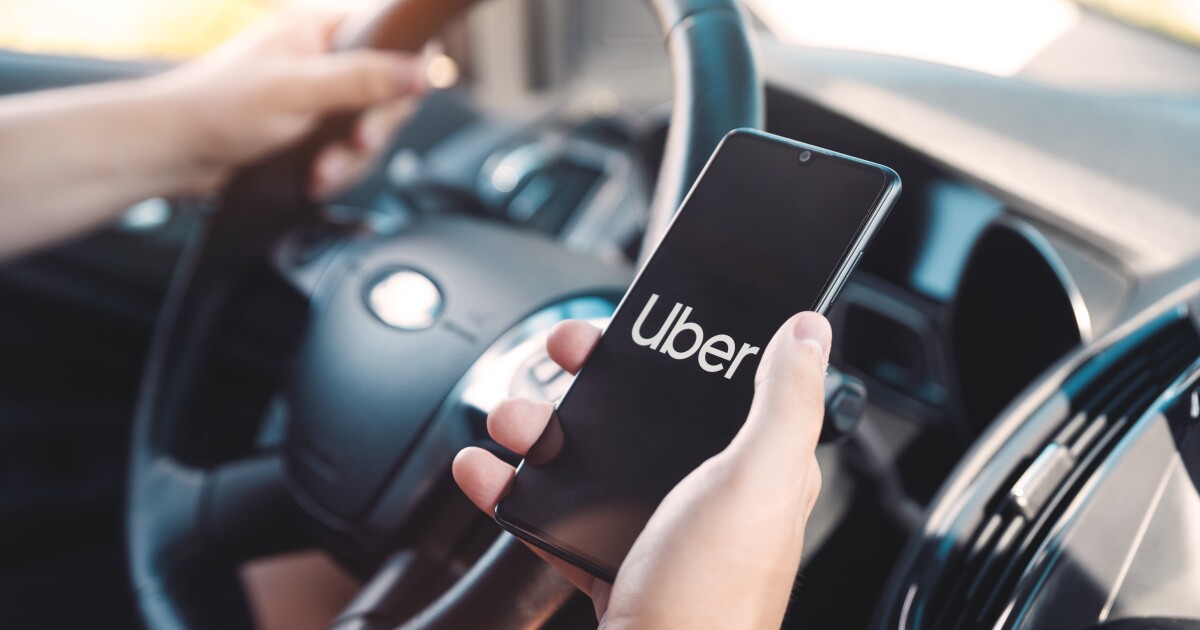In the aftermath of a financial crisis, it is common for people to tighten their belts and cut back on spending. Similarly, new businesses may hesitate to launch during uncertain economic times. However, the opposite was observed in the wake of the Covid-19 pandemic last year. Despite high costs of living, inflation, increasing credit card debt, and dwindling savings among Americans, consumer spending saw a noticeable increase. Additionally, more businesses were created in 2020 than in the pre-Covid year of 2019.
This unexpected trend can be attributed to the rise of the side hustle culture in America. A significant portion of the population, including over a third of U.S. adults and nearly half of millennials and Gen Z, now engage in a second stream of income. The motivation behind this shift is clear – people want to earn more in order to spend more.
The side hustle phenomenon is not limited to a specific age group, income level, or industry. Data shows that individuals across the board are embracing the idea of multiple income streams to make a living. This trend is likely to continue as younger generations, in particular, are comfortable with the concept of juggling different sources of income regardless of the economic climate.
One of the primary drivers behind the surge in side hustles is financial need and insecurity. Many Americans turn to side gigs to pay off debt, cover regular living expenses, or save for major financial goals. Even with rising wages and job growth, some individuals still find it challenging to meet the escalating costs of housing, childcare, and student loans. Side hustles provide a way to bridge the gap and achieve financial stability.
Moreover, side hustles are not just about meeting basic needs. Even those with healthy incomes are opting for additional sources of income. For some, the extra cash from a side hustle can fund leisure experiences such as vacations, concerts, or date nights. It also serves as a buffer against lifestyle inflation, where higher earnings lead to increased spending habits.
The prevalence of side hustles among Americans who do not necessarily rely on them for essential expenses indicates that this trend is likely here to stay. The ease of access to platforms like Fiverr, TaskRabbit, and Etsy has made it simpler than ever to monetize skills and interests outside of traditional employment. As remote and hybrid work arrangements become more common, individuals have the flexibility to build their side hustles alongside their primary jobs.
While side hustles offer opportunities for additional income and personal development, they also come with challenges. Balancing multiple jobs can lead to burnout and strain on personal time. Moreover, the lack of a safety net for freelancers and gig workers raises concerns about long-term sustainability.
In conclusion, the rise of side hustles in America reflects a shift in how individuals approach work and income generation. While the trend is likely to continue growing, it is essential for individuals to prioritize self-care, set boundaries, and ensure financial stability in the pursuit of multiple income streams.





















